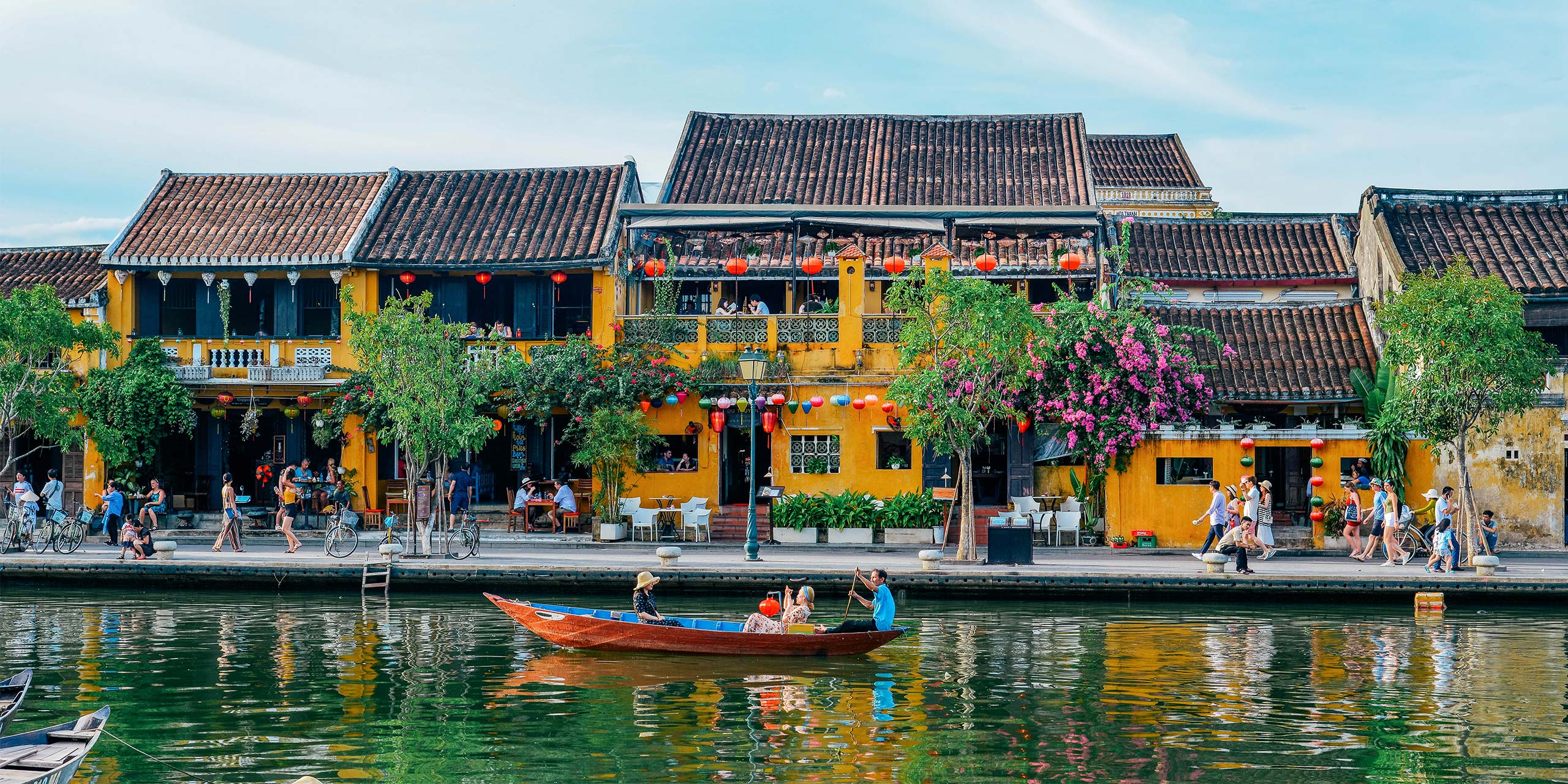
Hoi An embodies Vietnamese charm in the minds of many visitors. Convenient, compact, and charismatic, it supplies essential local experiences in easily digestible form.
Just a short (30 minutes) hop from Danang’s international airport, which services direct flights from Singapore, Thailand, Japan, Korea, Macau, Hong Kong and Malaysia among others, the town nestles on the Thu Bon River a few kilometers from the coast.
Its UNESCO-listed old center— a colorful jumble of Japanese merchant houses, Chinese temples, and French colonial buildings—evokes its heritage as the trading center of the Champa Kingdom. Equally compelling is the ancient town’s location a stone’s throw from beloved beaches and some of Vietnam’s most stirring scenery.
Hoi An is a mightily tasty proposition as well. Its culinary traditions have birthed a glut of delicious indigenous dishes, while the tourist influx has informed a burgeoning dining scene.
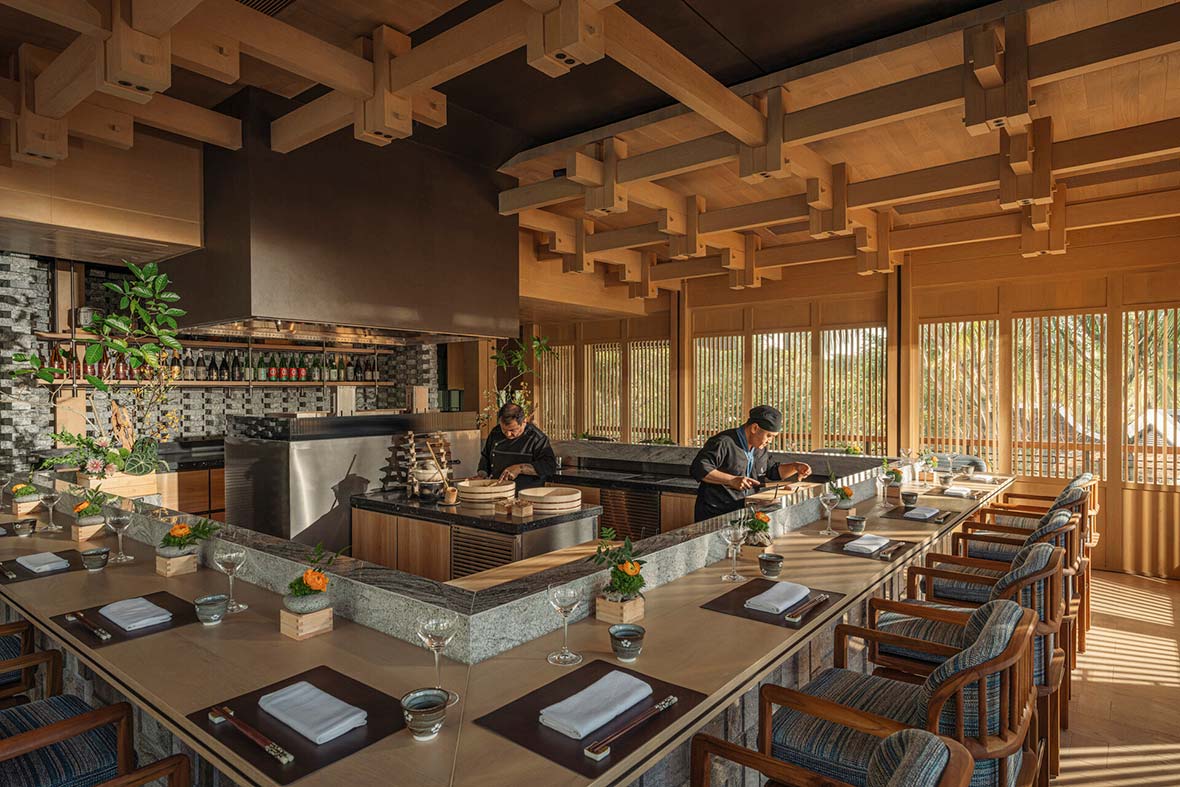
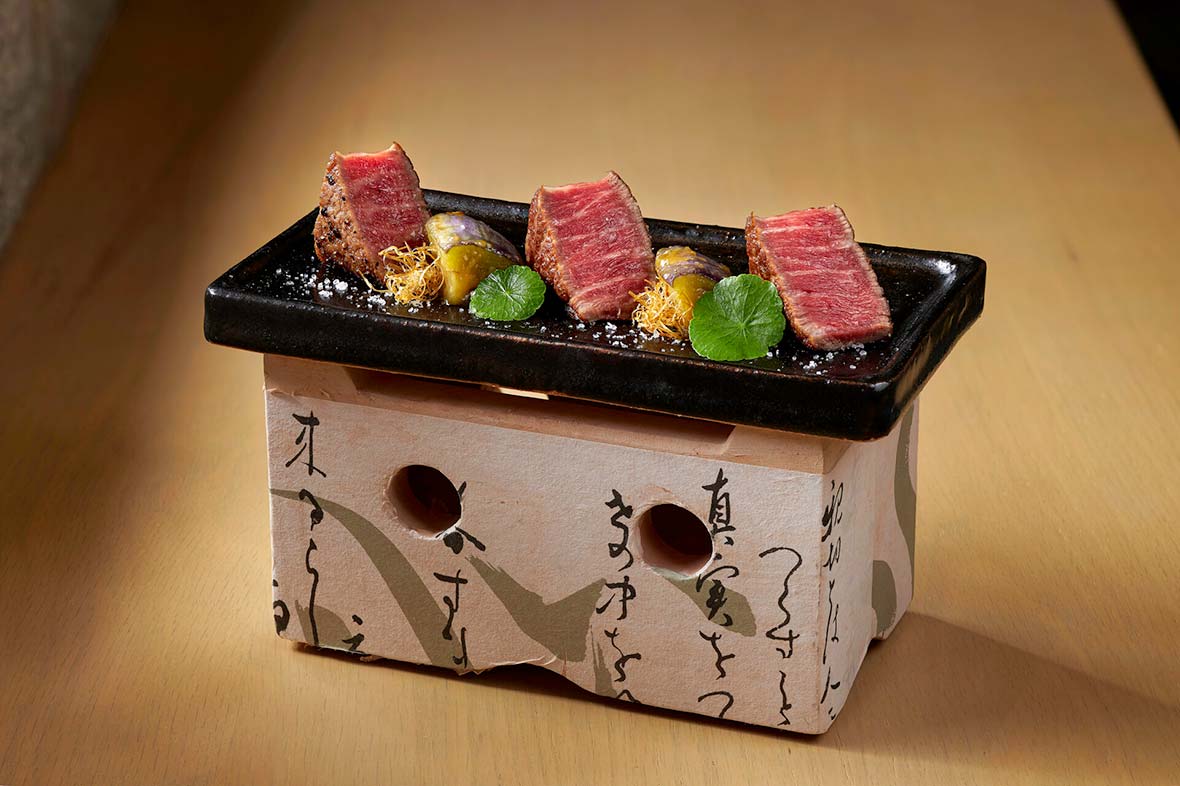

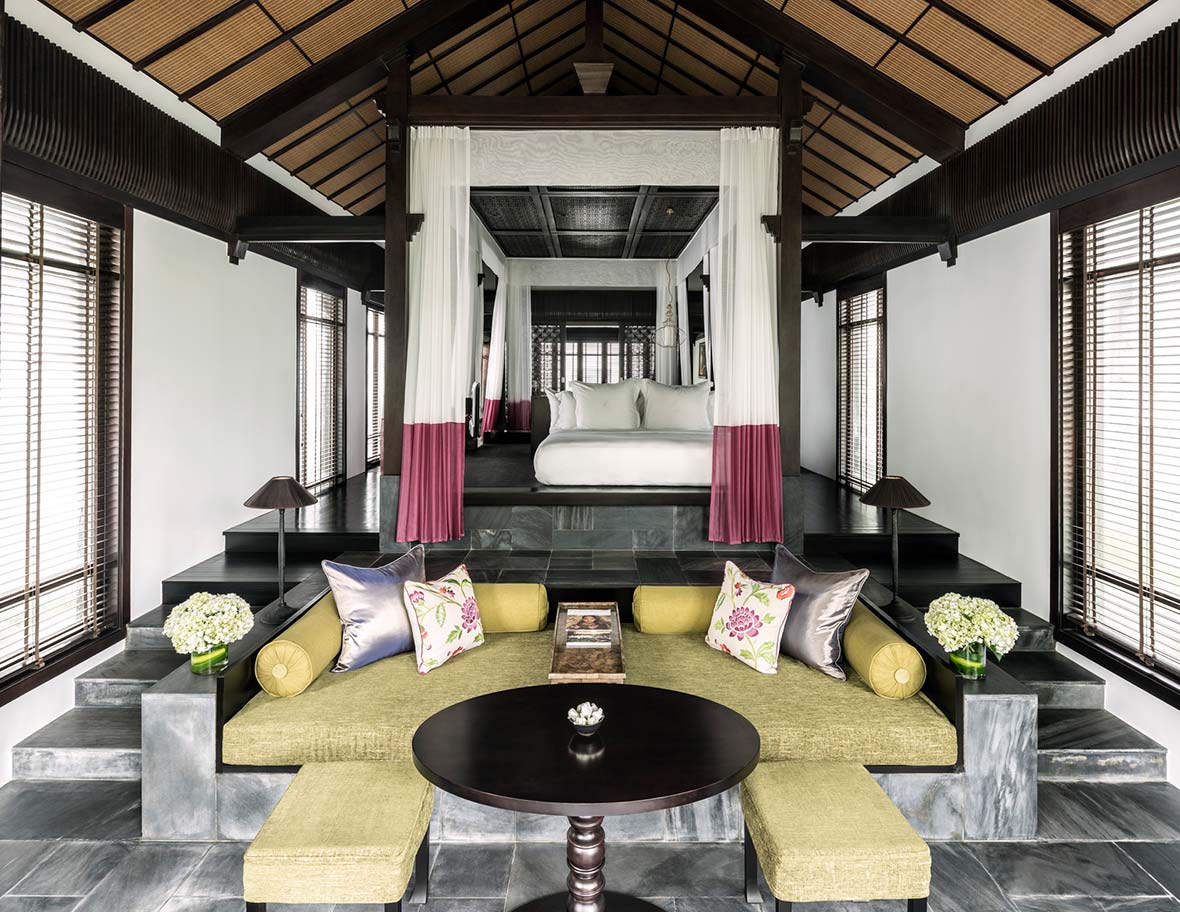
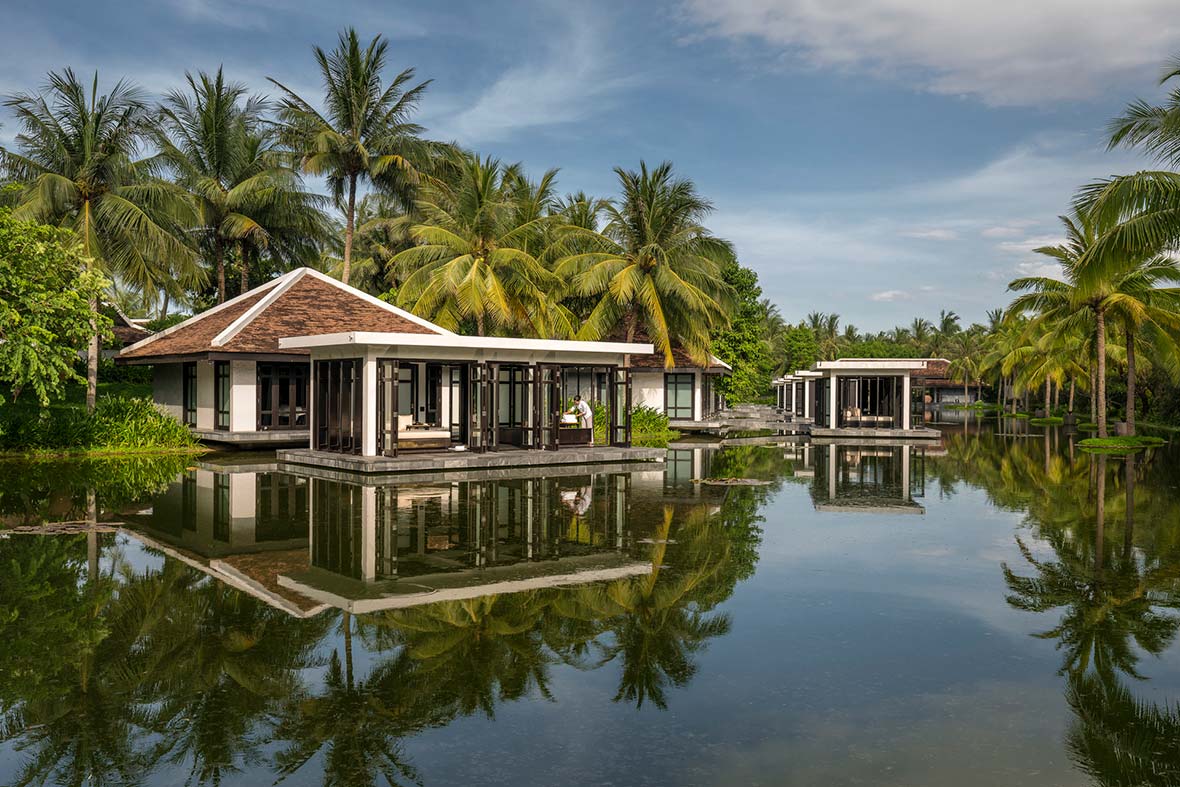
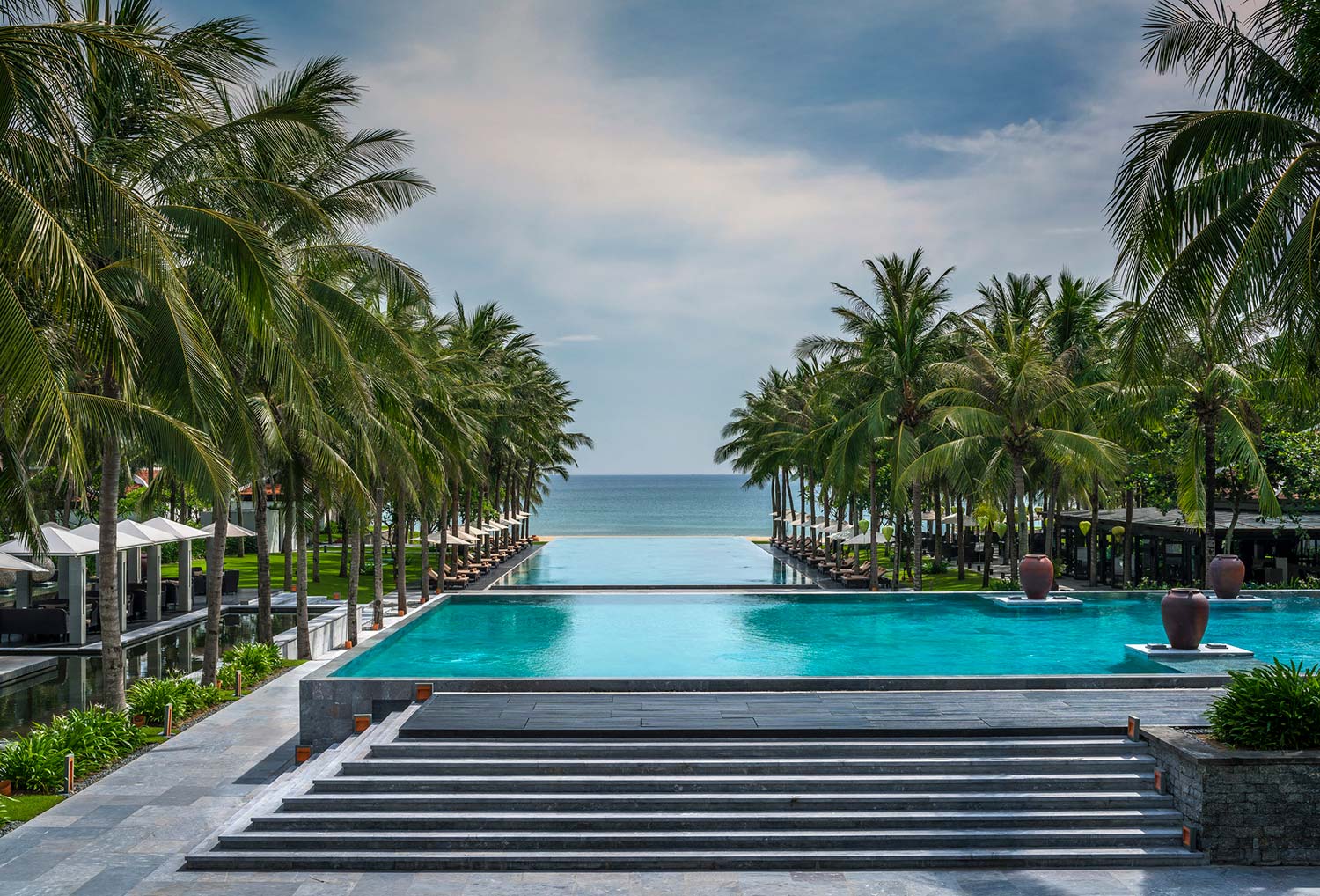
WHERE TO STAY
Sitting extremely pretty on the beachfront just outside Hoi An, Four Seasons Resort The Nam Hai remains Vietnam’s preeminent top-end property. The all-villa resort features a selection of design-led residences incorporating sunken living rooms and tented beds on raised platforms as well as trimmings such as outdoor rain showers and Bose stereos. A state-of-the-art cooking academy, an excellent kids’ club, and an extensive on-site organic garden are among the resort highlights. Special mention goes to the property’s award-winning spa, where separate pavilions are built over a lagoon offering the ultimate in privacy and luxury.
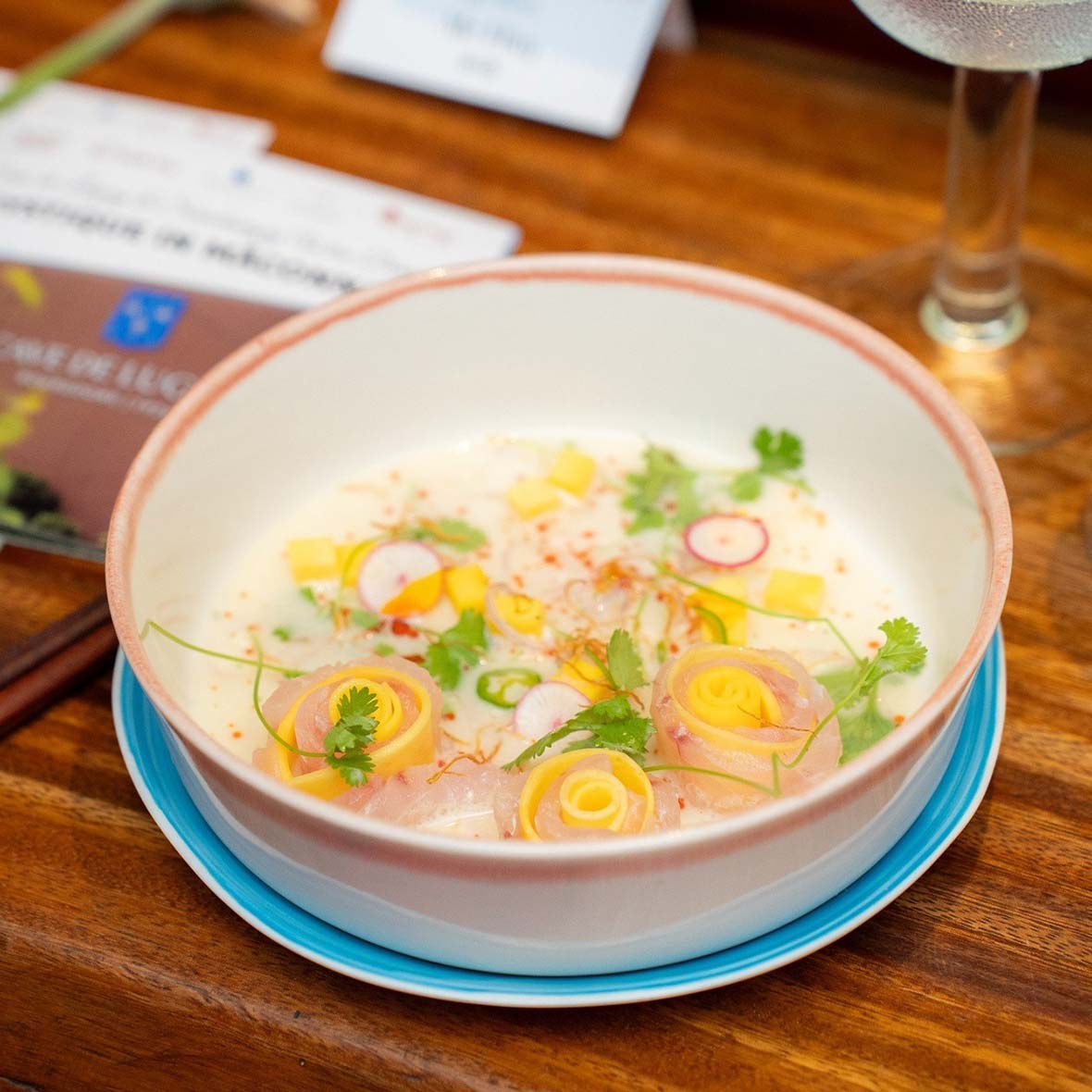
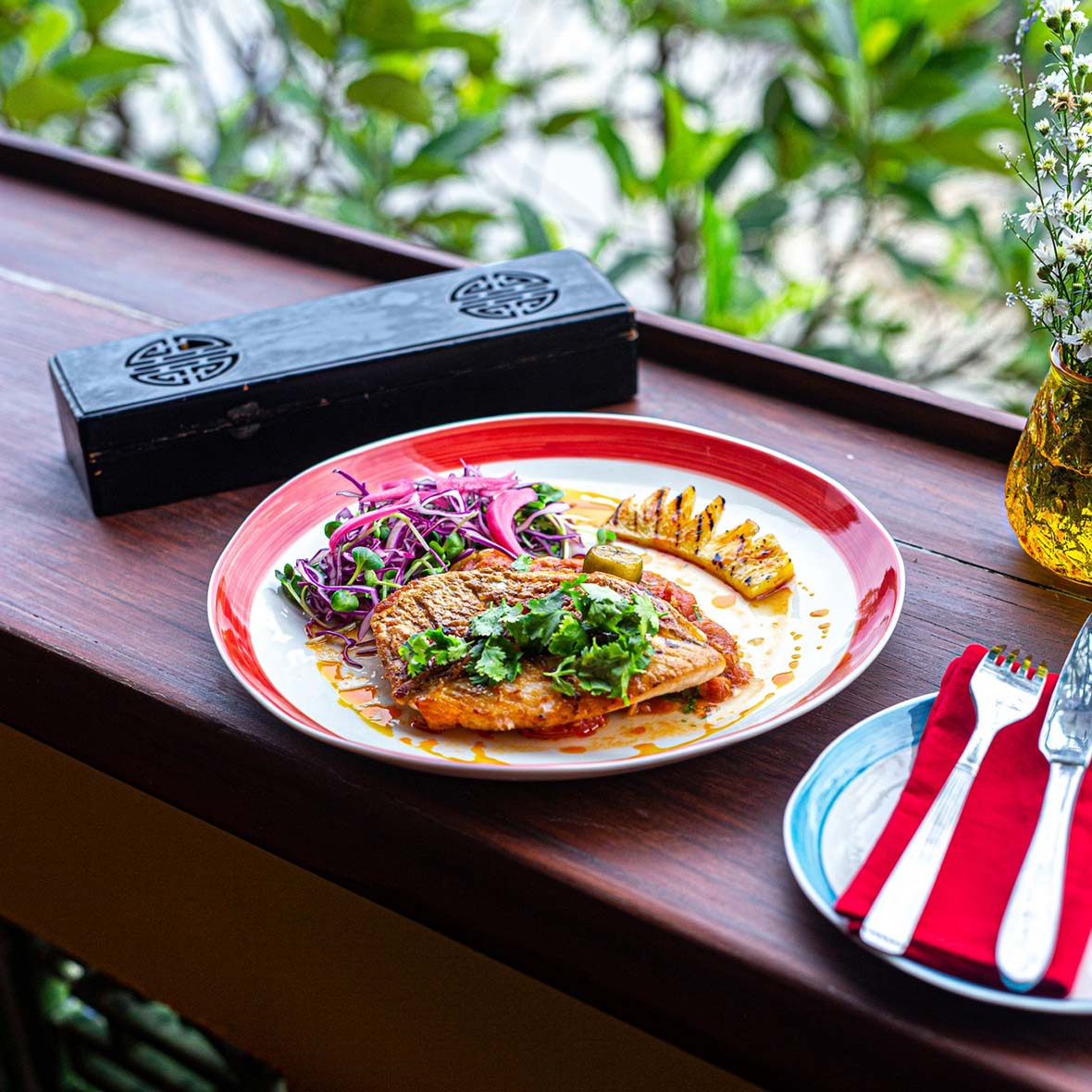
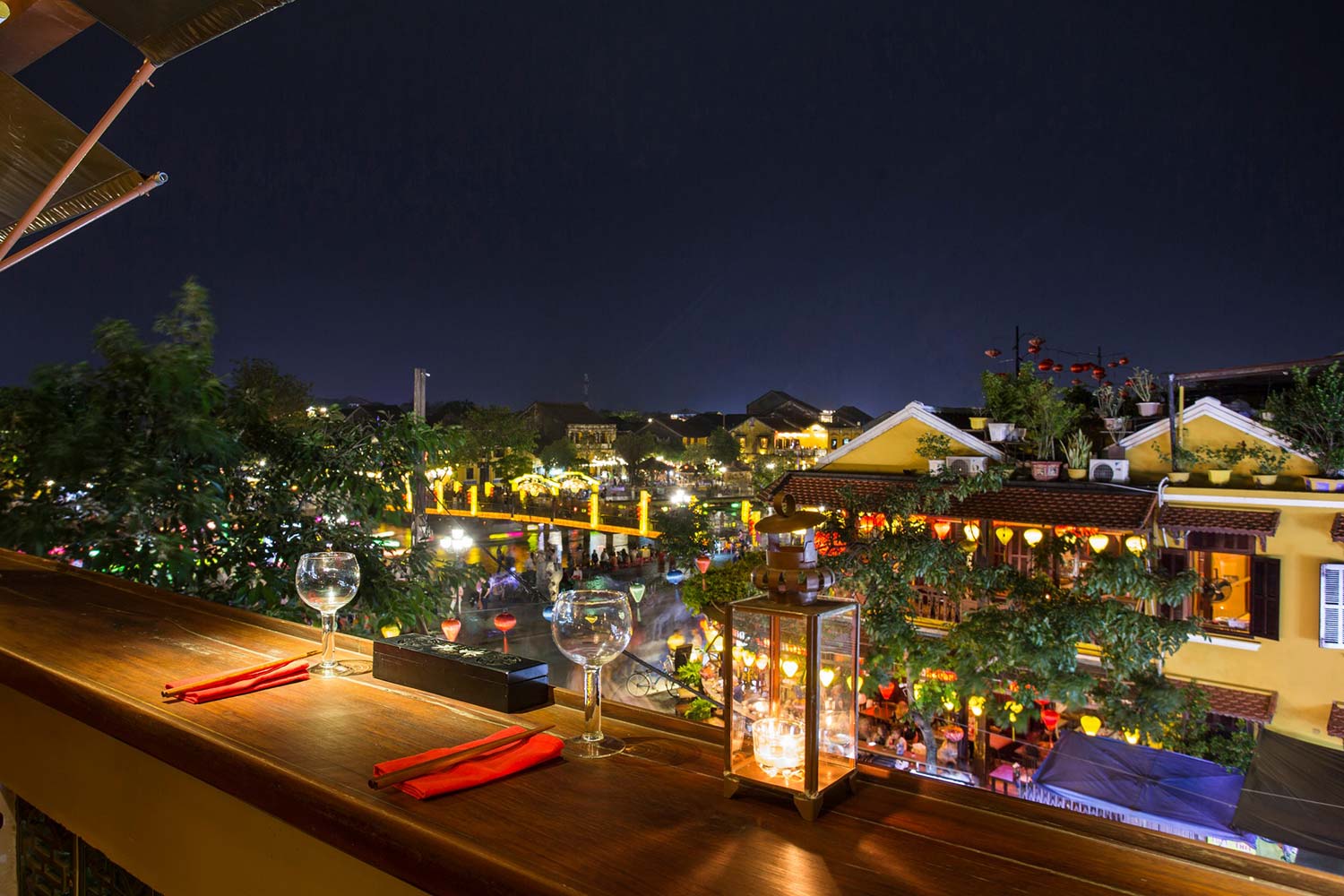
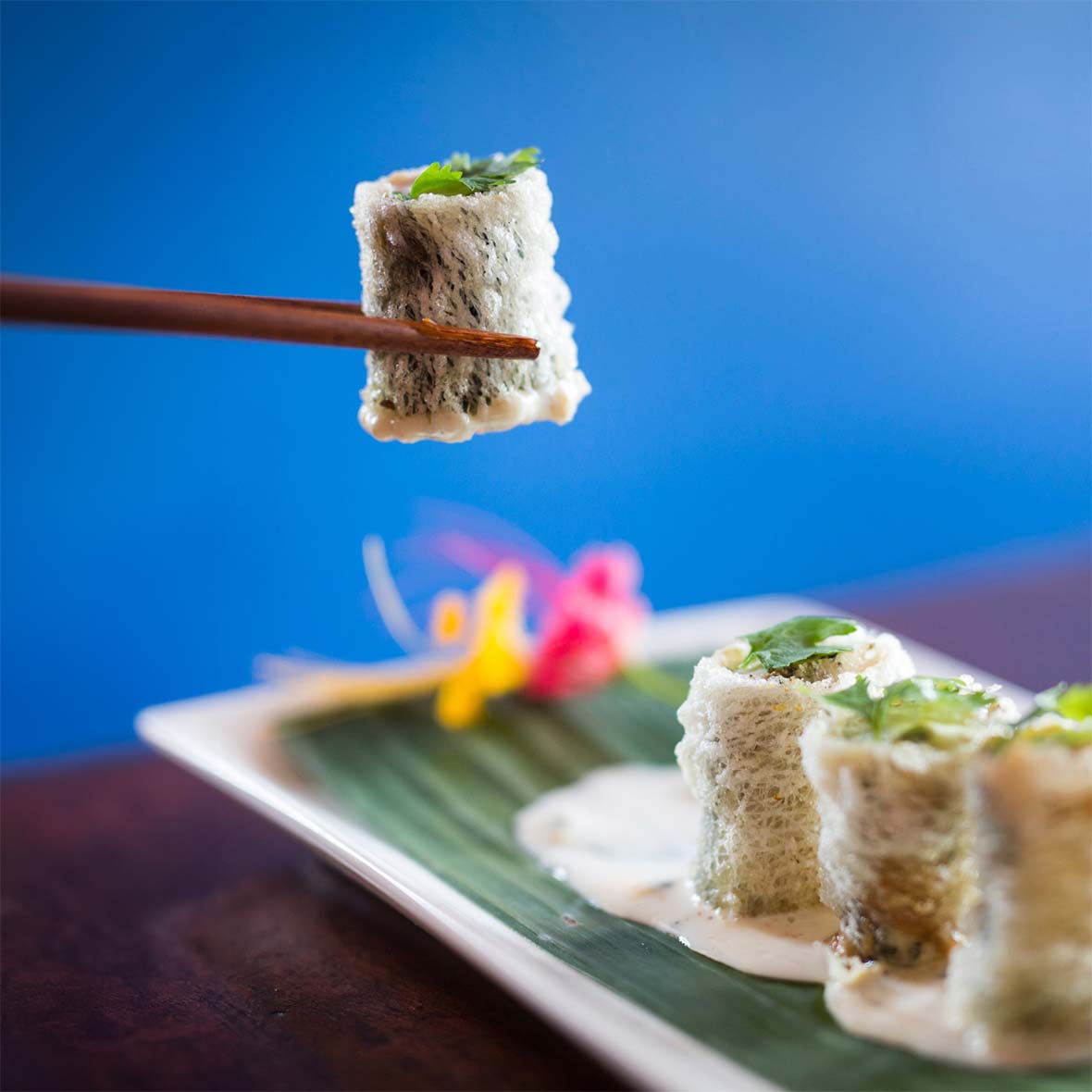
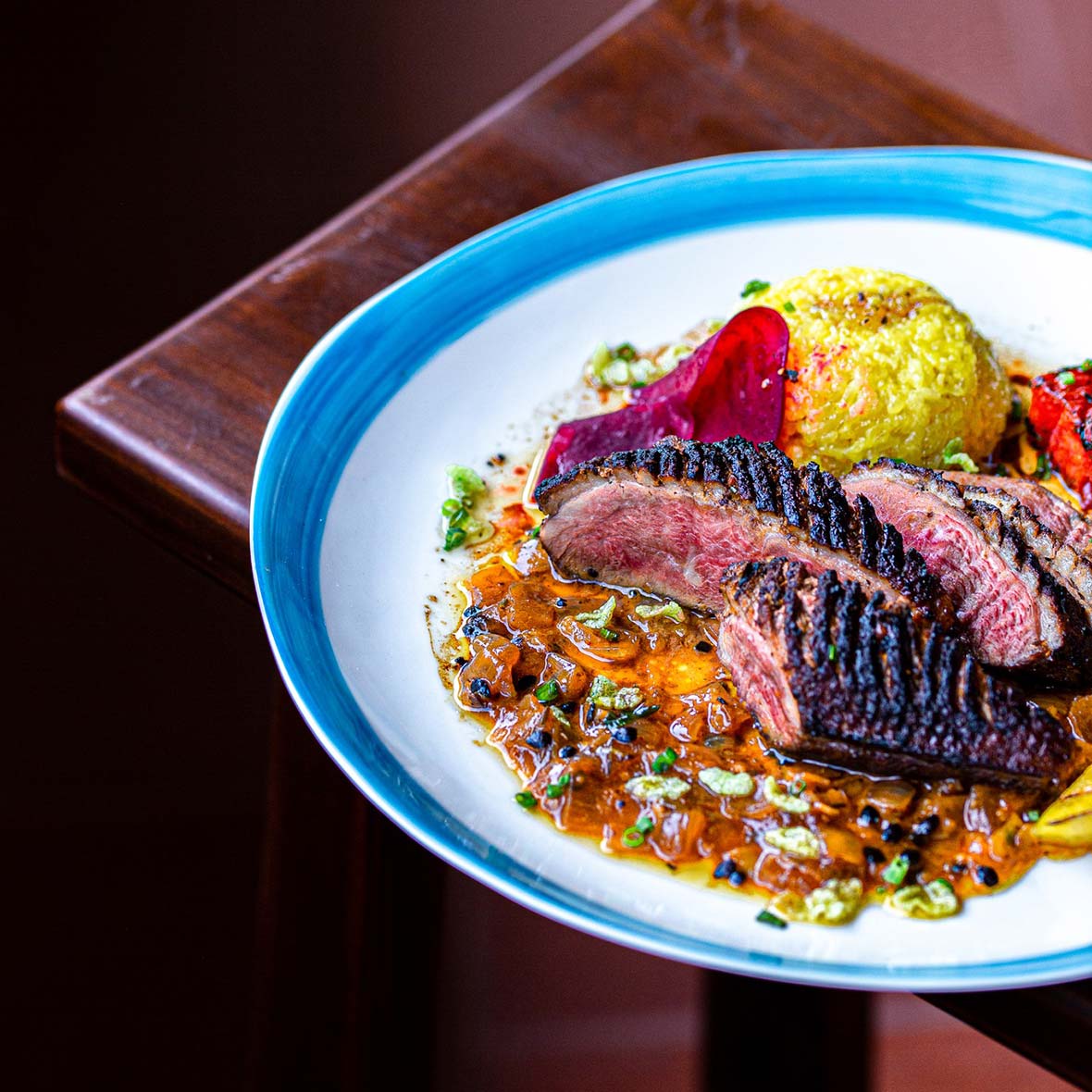
CONTEMPORARY CUISINE
Chief among Hoi An’s culinary innovators is Duc Tran, the Vietnamese-American chef/proprietor of Mango Mango, The Mango Rooms and Mai Fish. Mango Mango, his flagship riverside venue, has recently undergone extensive renovation with an extended bar area and upstairs area offering diners more room to enjoy fusion dishes such as pan-seared red snapper with ginger, onion and roasted black pepper or beef chunks flame-broiled with Cuban rum and served with mango salsa as well as some potent cocktails.
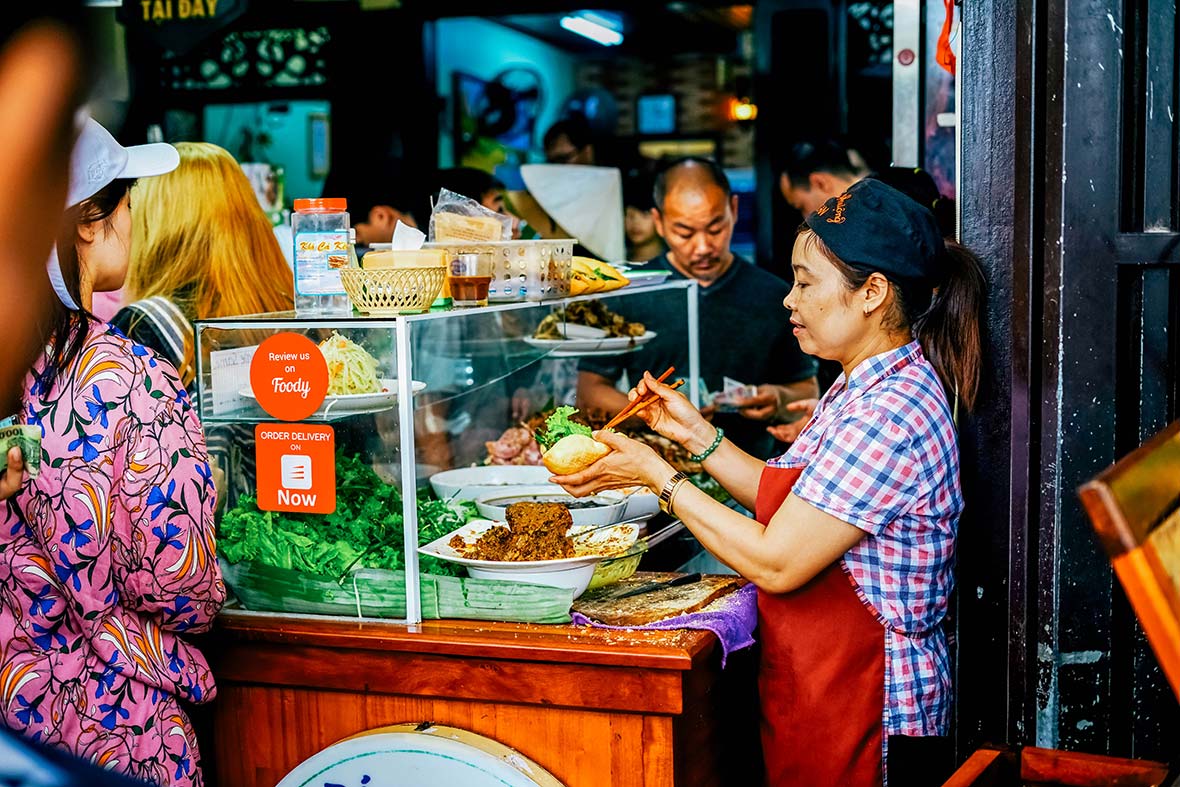
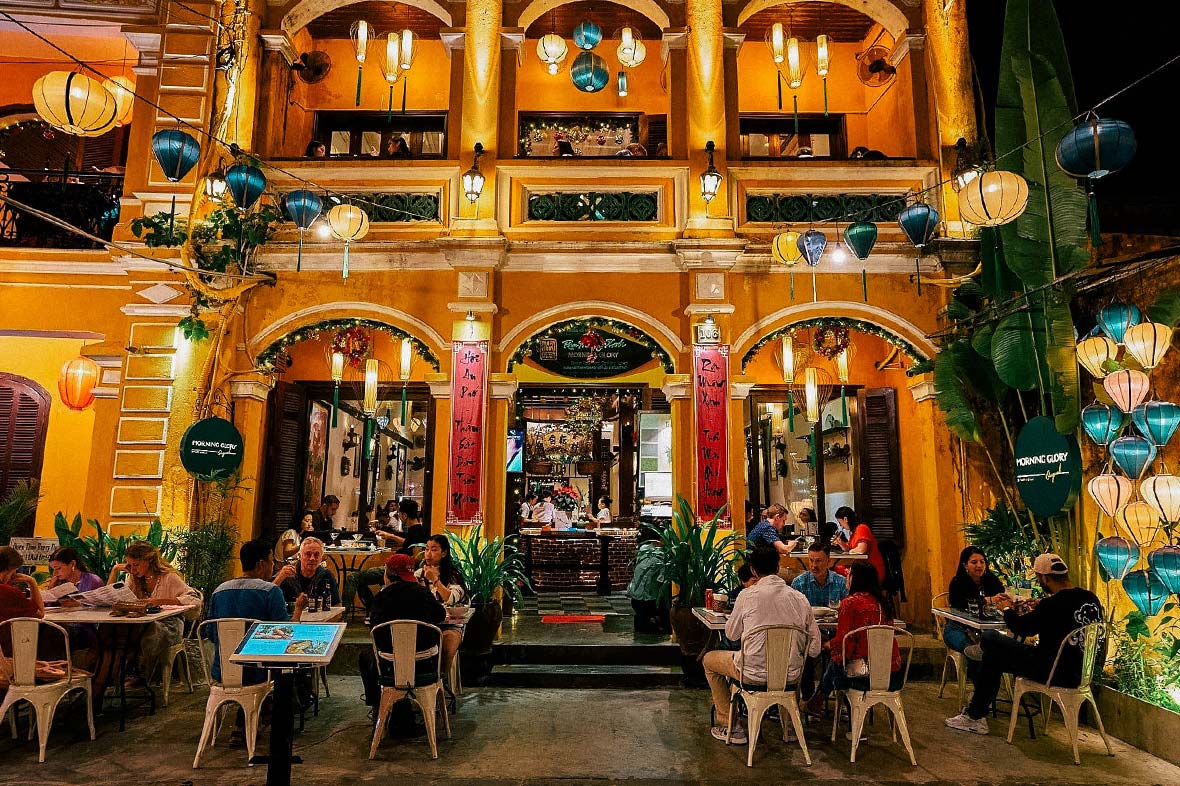
BATTLE OF THE BANH MI
Competition in Hoi An is not limited to the tailors vying for the right to clothe you. There’s a tastier battle being fought over the identity of the town’s best banh mi (Vietnamese sandwich). Hoi An’s versions are particularly legendary. Some (including celebrity chef Anthony Bourdain) wax lyrical about the version served up at Phuong Banh Mi near the town’s main market. Others yield more to the alchemy of Madam Khanh, the self-proclaimed “Banh Mi Queen” of Hoi An, who serves up her magic from a stall on Tran Cao Van Street.
FINE DINING HOI AN STYLE
Well established as one of the town’s preeminent dining venues is Morning Glory where menu highlights include roast duck leg served with a five-spice dressing and sticky rice and crunchy tofu coated in young sticky rice. The dining options are as exalted as you might expect over at the Four Seasons Nam Hai. The property has just introduced Nayuu, an exquisite Japanese omakase experience starring prime cuts of beef and seafood imported from Tokyo.
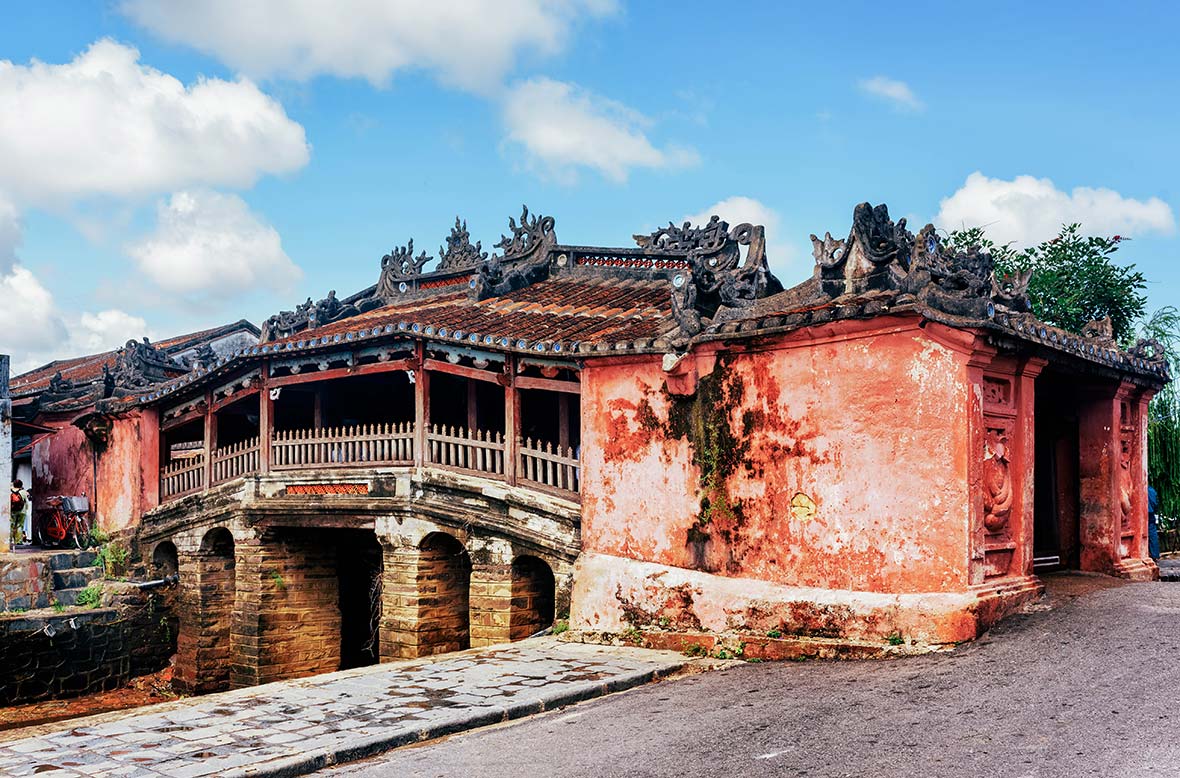
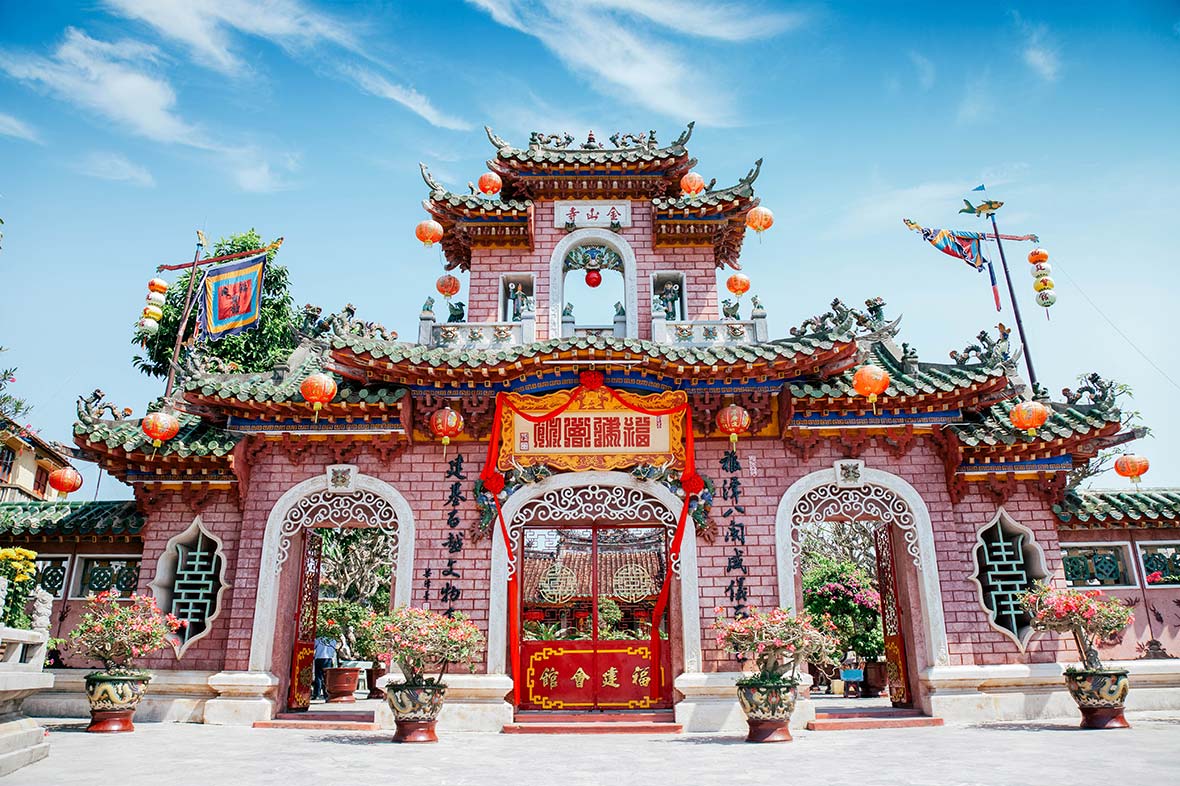
MADE TO MEASURE
Some attribute Hoi An’s plethora of tailor shops to its history as a center for the silk trade. Others believe that the phenomenon comes from a Vietnamese propensity for copycat businesses. Either way, the ancient town has established itself as the place to get clothes made in Southeast Asia. There are several reputable (and many not-so-reputable) tailors in town. Yaly Couture is expensive but highly regarded. Other respected names, meanwhile, include A Dong Silk and Thu Thuy.
ARCHITECTURAL TREASURE TROVE
The warren of streets and alleys set back from the Thu Bon River reveal everything from Japanese merchant houses to Chinese pagodas and ancient tea warehouses. The most iconic symbol of the town’s trading past is its beautiful covered Japanese bridge, a faithful recreation of a bridge that was constructed by the Japanese community in the 1590s. Other highlights include the ornate Cantonese Assembly Hall, featuring kitsch and colorful dragon statues, and Tran Duong House, built in French-colonial style in the 19th century.
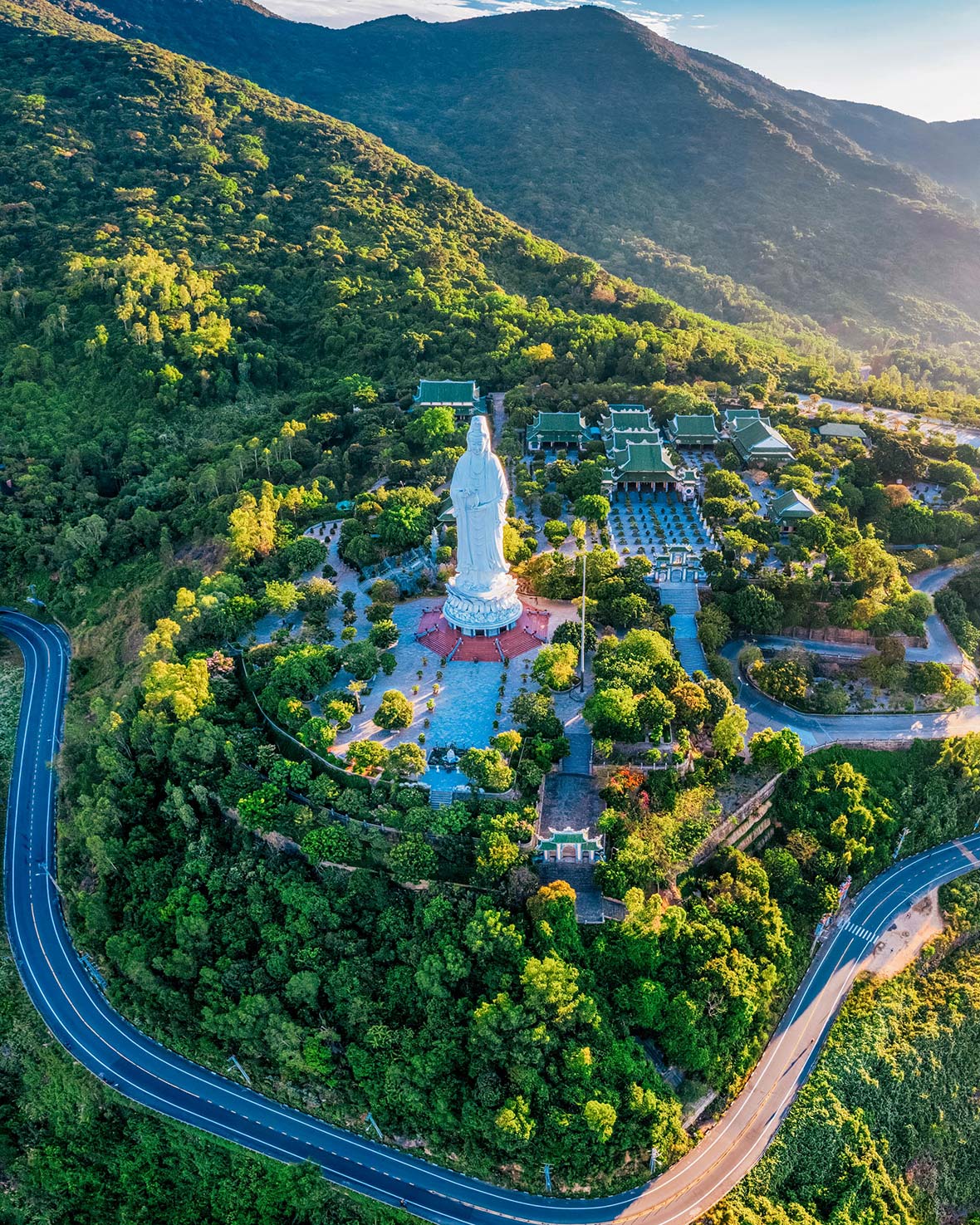
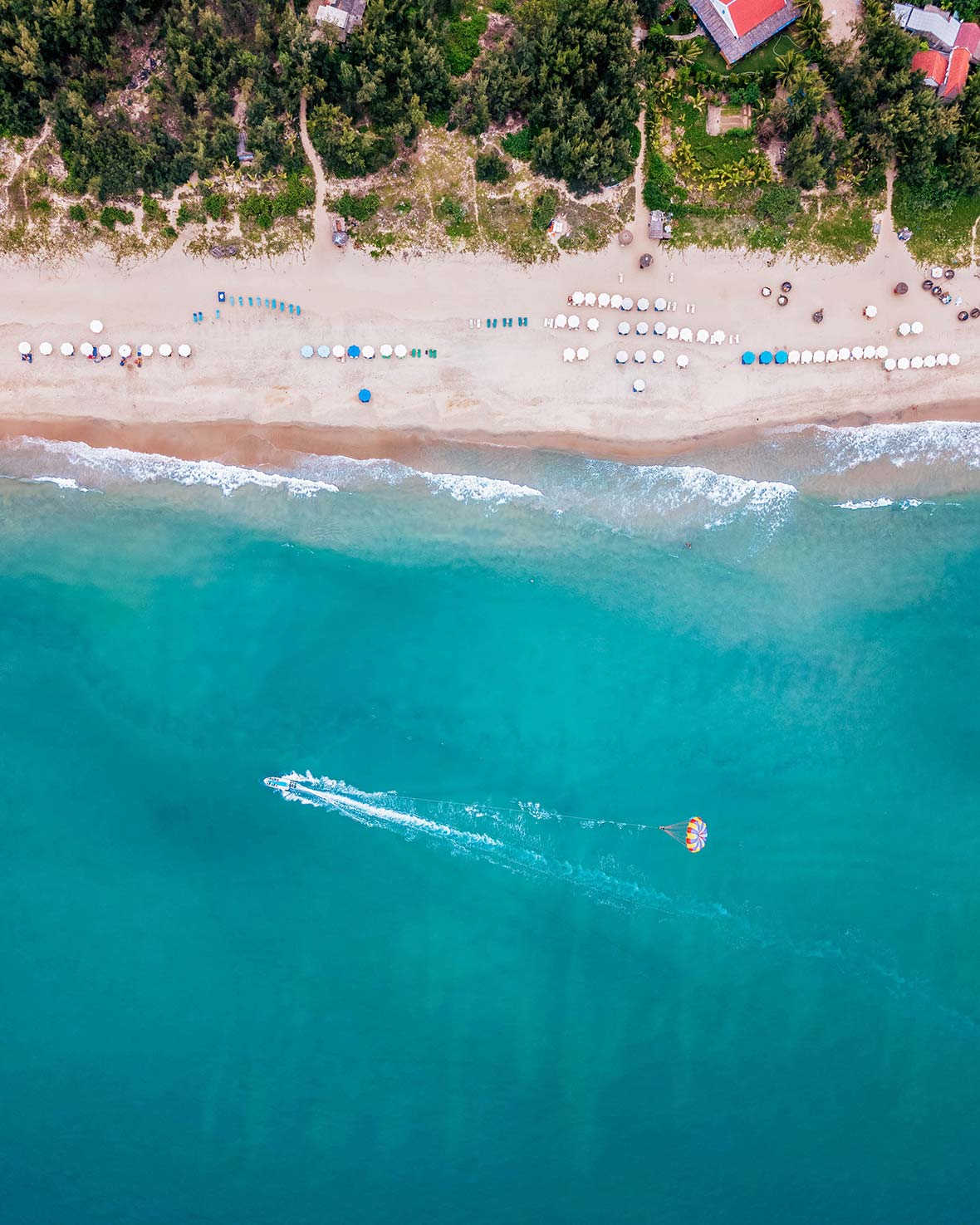
HOI AN BEACH CULTURE
Extending north from the mouth of the Thu Bon River near Hoi An to the Son Tra Peninsula near Danang. Wide and welcoming, it rarely gets too crowded. The peaks of Son Tra (better known as Monkey Mountain) and the Cham Islands in the distance offer additional visual stimulus. From Hoi An, the best beach is An Bang, an expat favorite with several relaxed beach bars.
